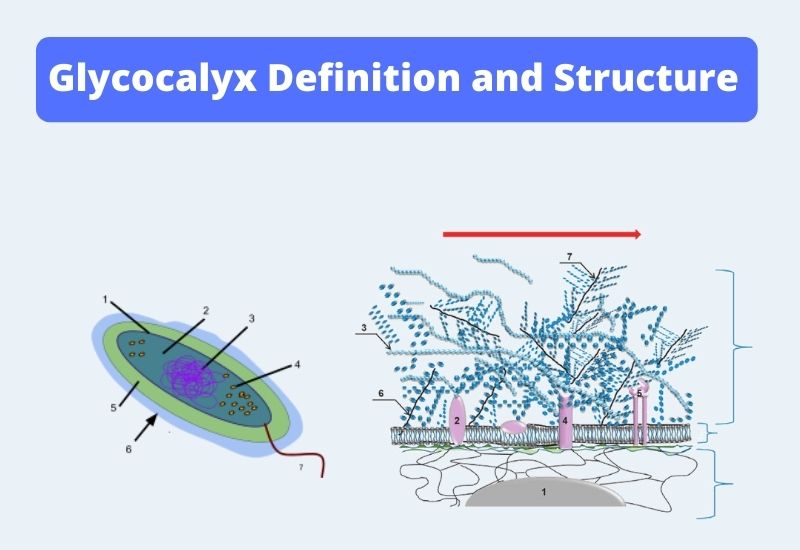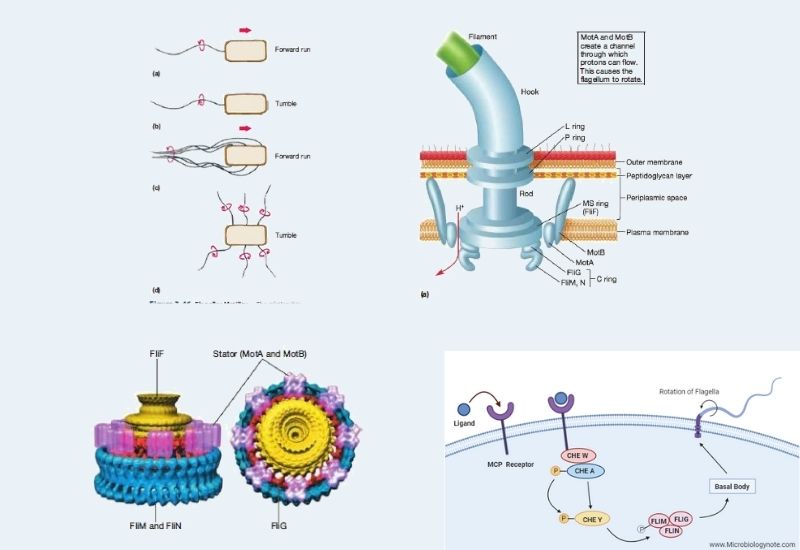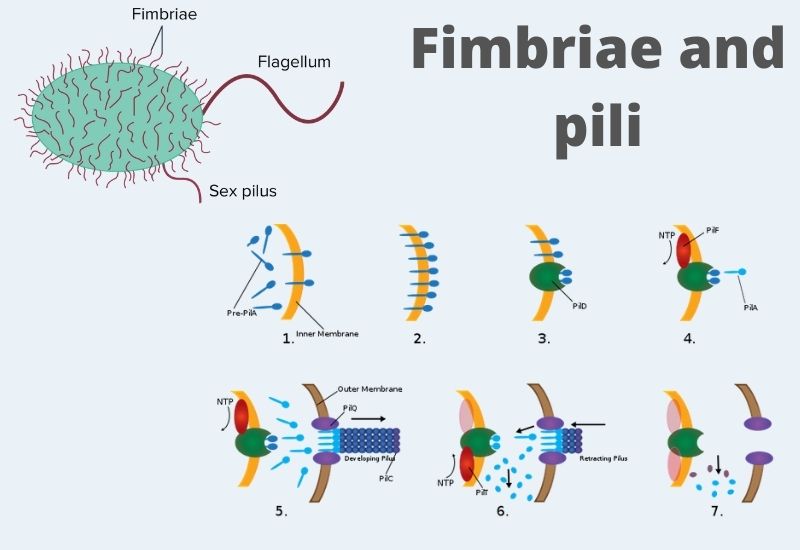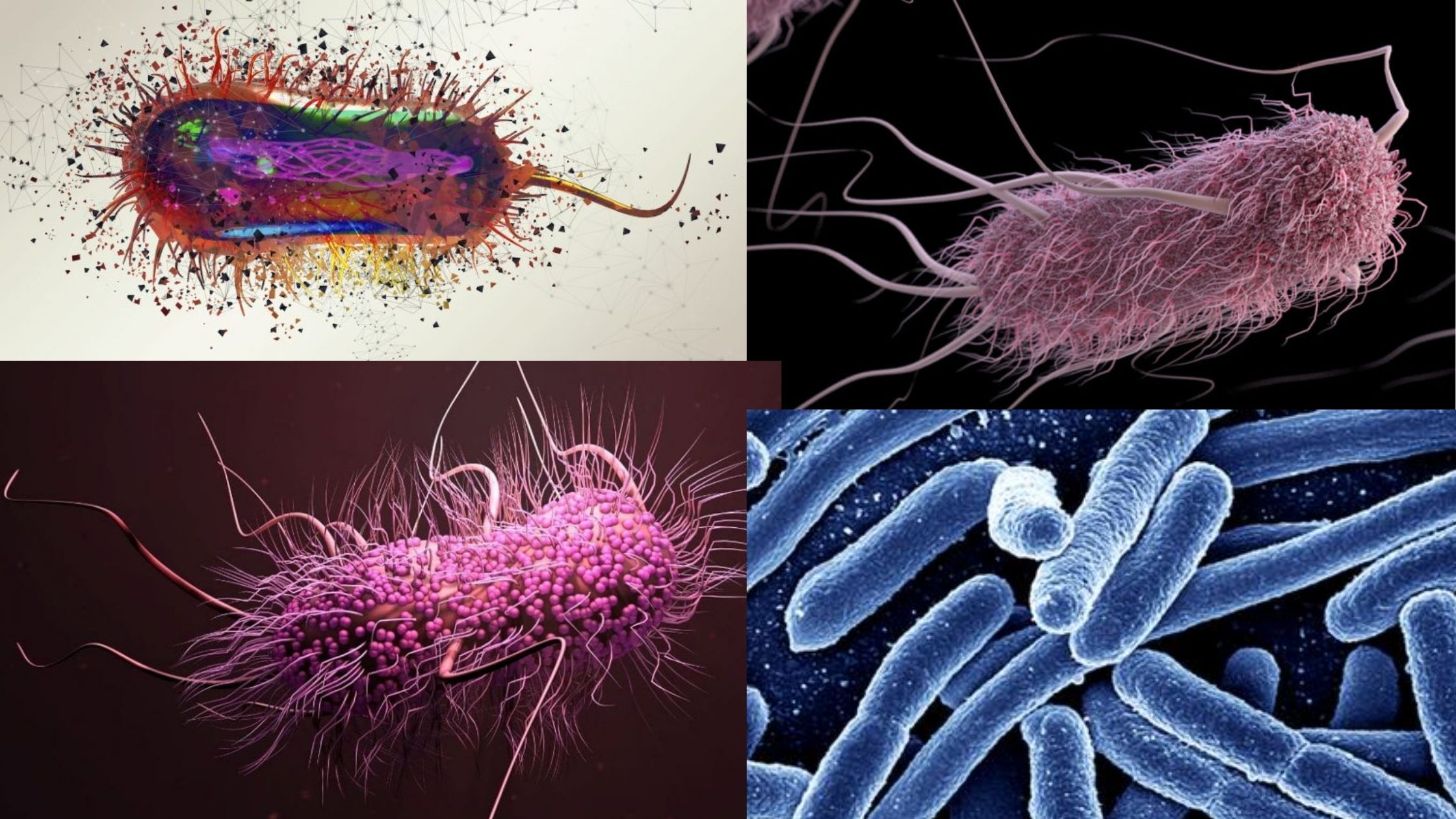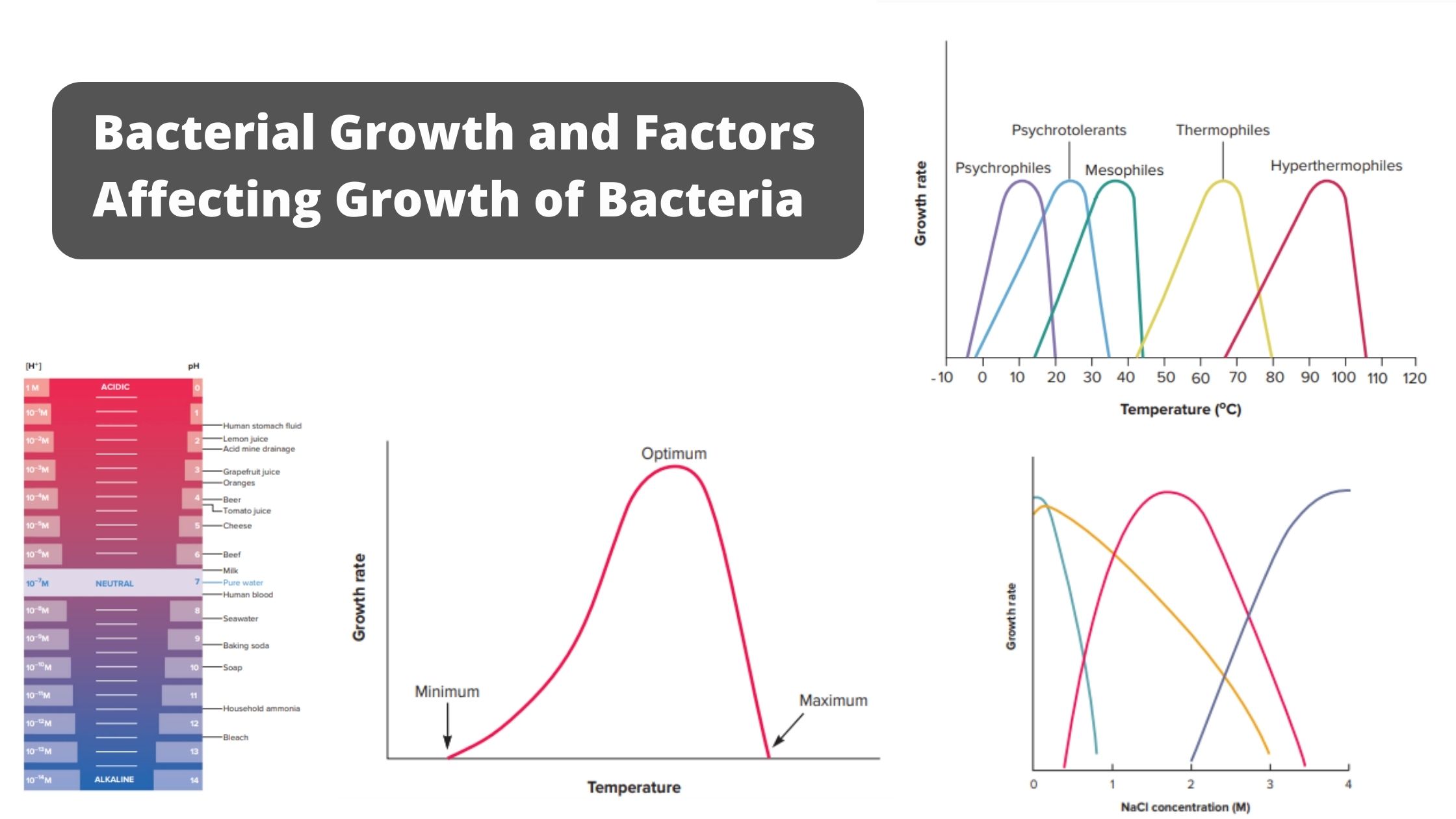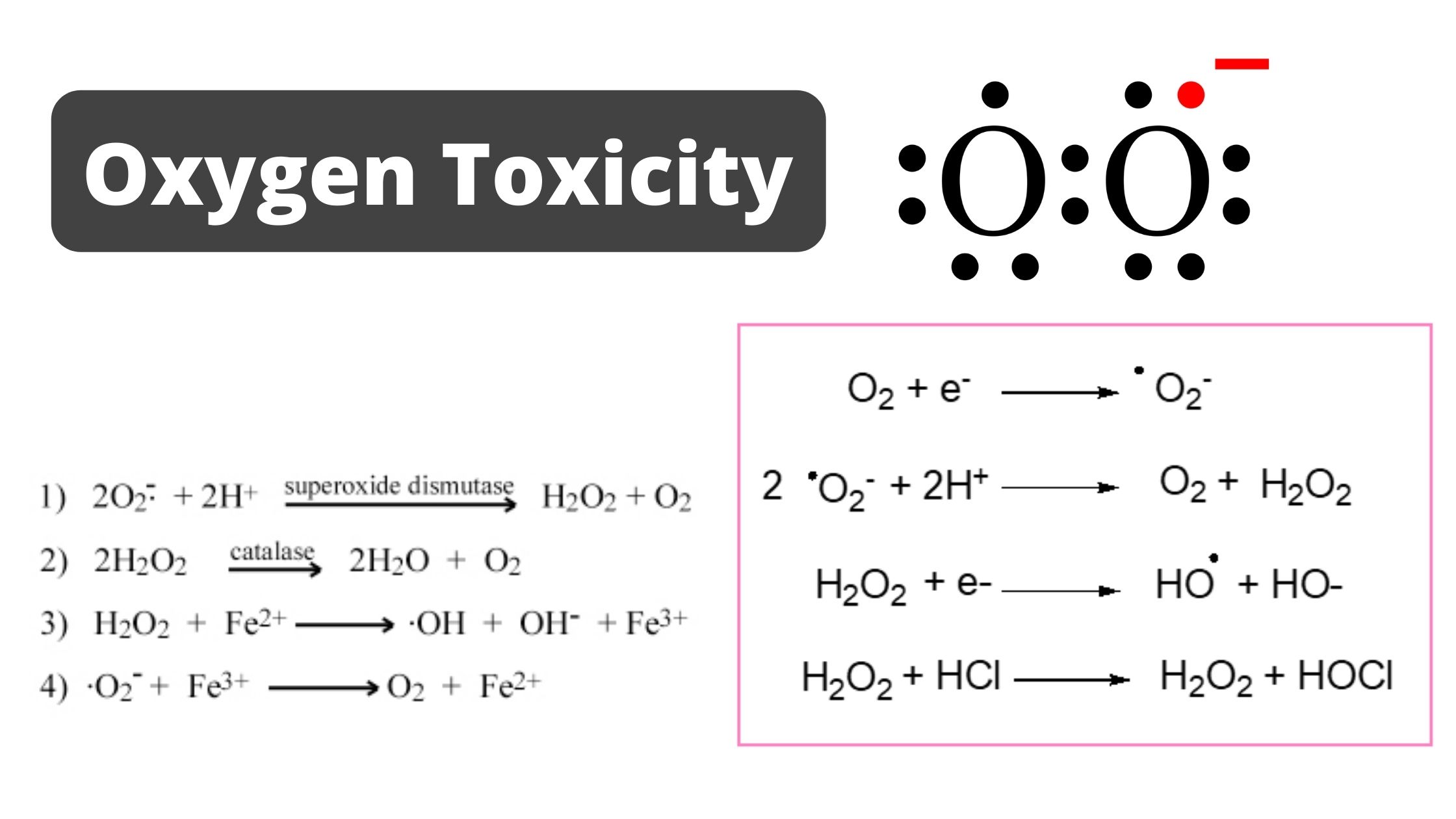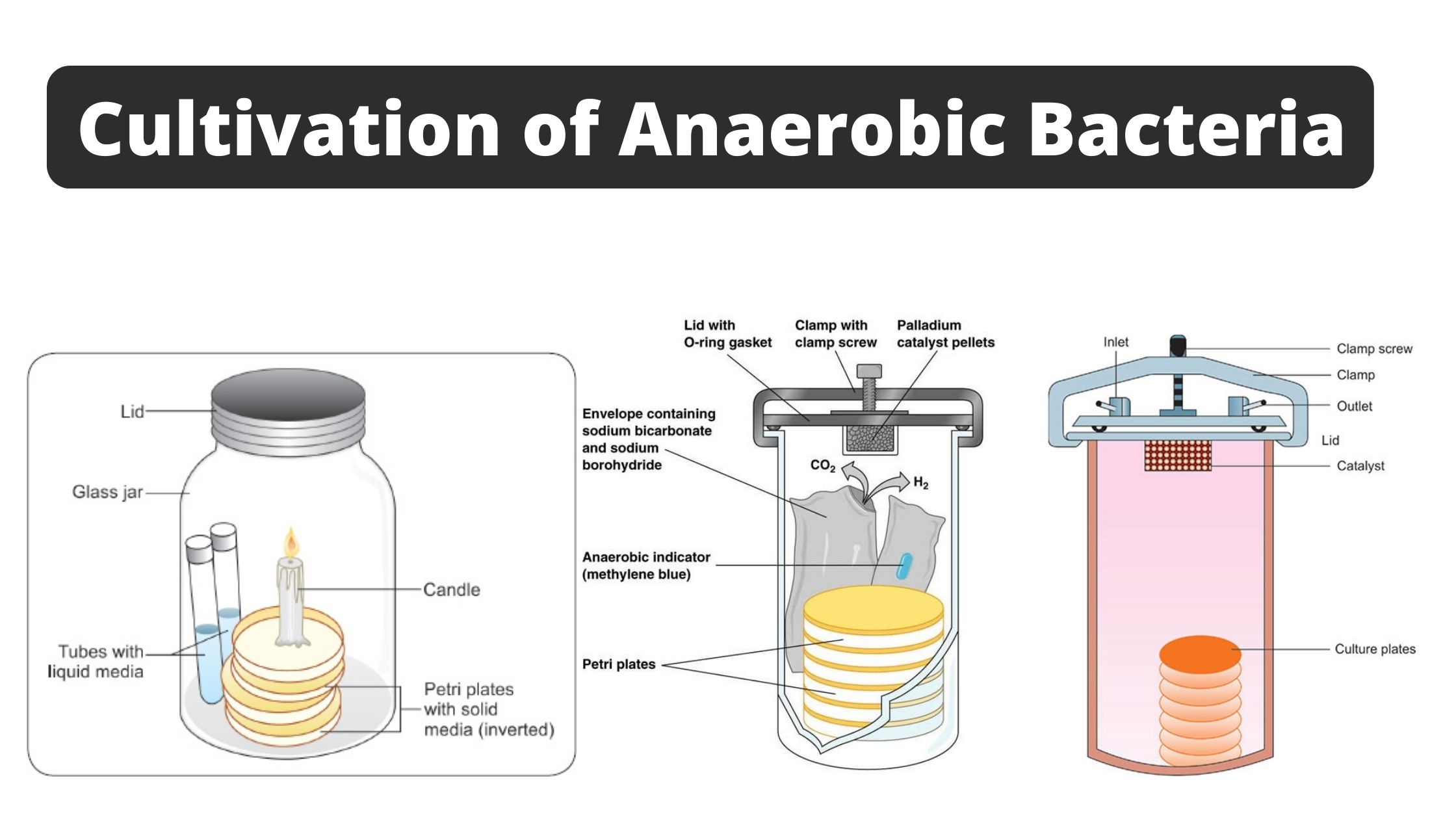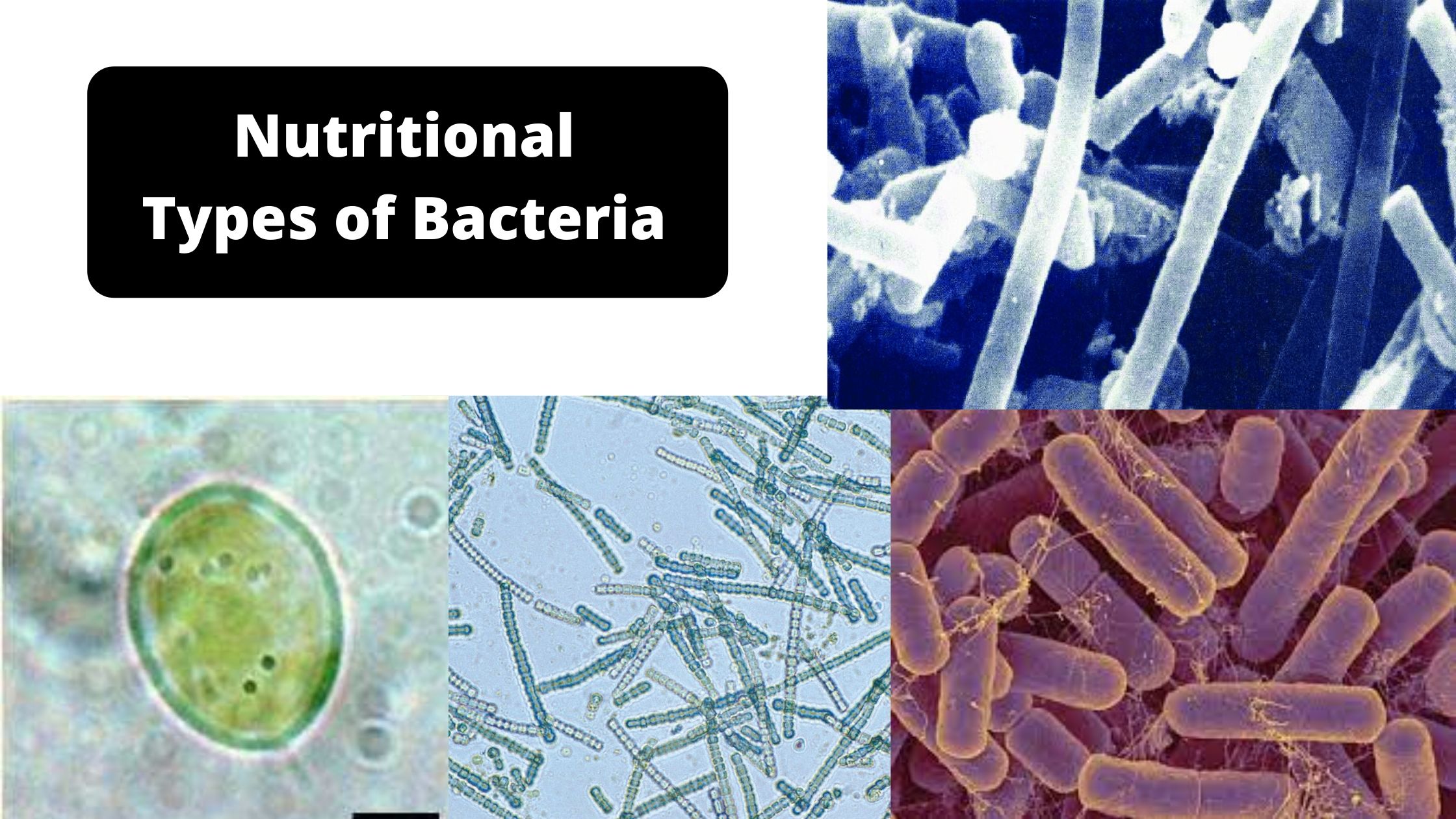Glycocalyx – Definition, Composition, Types, Functions.
Glycocalyx definition The cell membrane of bacteria, epithelia is surrounded by a pericellular matrix, which is known as Glycocalyx. It is a carbohydrate-enriched coating that covers both eukaryotic cells and prokaryotic cells, particularly bacteria Glycocalyx composition and structure Types of Glycocalyx Based on the bacterial species the structural features and chemical composition of glycocalyces can … Read more
